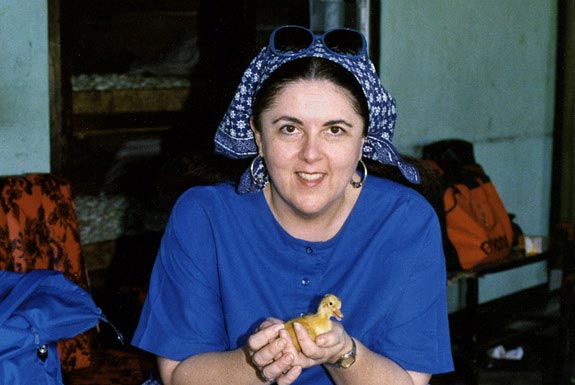Hawaii is home to the nation’s largest share of multiracial AmericansPosted in Articles, Census/Demographics, Media Archive, United States on 2015-07-01 19:32Z by Steven |
Hawaii is home to the nation’s largest share of multiracial Americans
Pew Research Center
2015-06-17
Jens Manuel Krogstad, Writer/Editor, Hispanic Trends Project
The number of multiracial Americans is growing nationwide, but in Hawaii, it’s nothing new. The Rainbow State – with its history of attracting immigrants from Asia and other parts of the world to work as farm laborers – stands far above the rest, with nearly one-in-four residents (24%) identifying as multiracial, according to a Pew Research Center analysis of Census Bureau data. The next most-multiracial states are far behind: Alaska (8%) and Oklahoma (7%).
Here’s another way to look at how much Hawaii stands out: In terms of total population, Hawaii is one of the smallest (1.4 million people), ranking 40th out of 50 states. But when ranking states with the highest total multiracial population, the state ranks sixth, with more than 330,000.
A new Pew Research survey found that the number of multiracial Americans may be higher than the estimates from Census, which has estimated that 3% of the overall U.S. population – and 2.1% of the adult population – is multiracial. But taking into account how adults describe their own race as well as the racial backgrounds of their parents and grandparents – which the census does not do – Pew Research estimates that 6.9% of the U.S. adult population could be considered multiracial…
Read the entire article here.


